How To Set Time On Fitness Tracker?
If Technology is new to you or you're unsure how to operate your new fitness tracker, don't worry. We've got you covered, Don't lose anymore time!
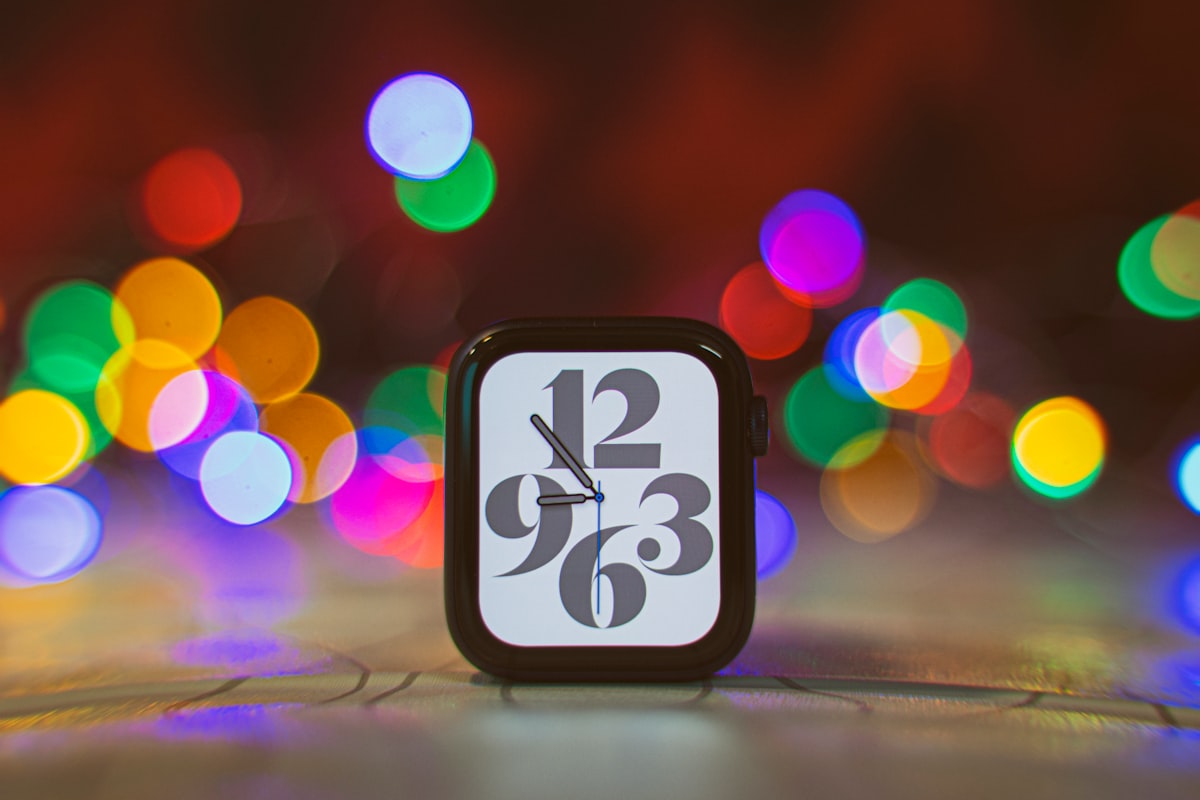
Are you looking for a way to keep track of your fitness goals but don’t know how to set the time on your fitness tracker?
Setting up a new fitness tracker can be daunting and confusing. But fear not! We will show you how to get started in just three quick steps. It only takes a few seconds, so before you know it, you'll be ticking off those goal boxes with ease!
With this easy setup process, you can forget about wasting time trying to figure out how the watch works and get straight into tracking your workouts. Plus, once it's all set up, it's even easier to stay motivated because now every movement matters more than ever before!
Read our blog post on setting the time on your fitness tracker today—it’ll be worth your while!
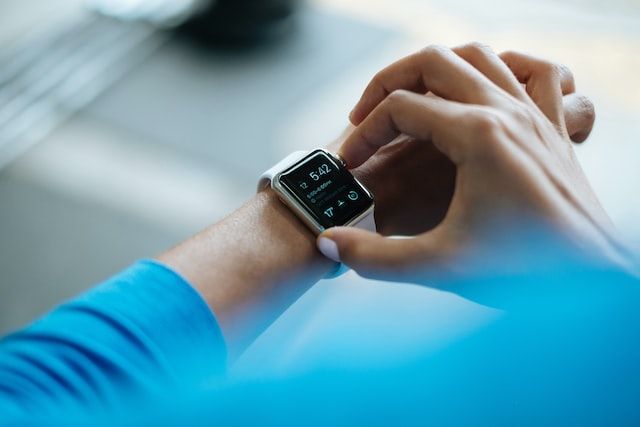
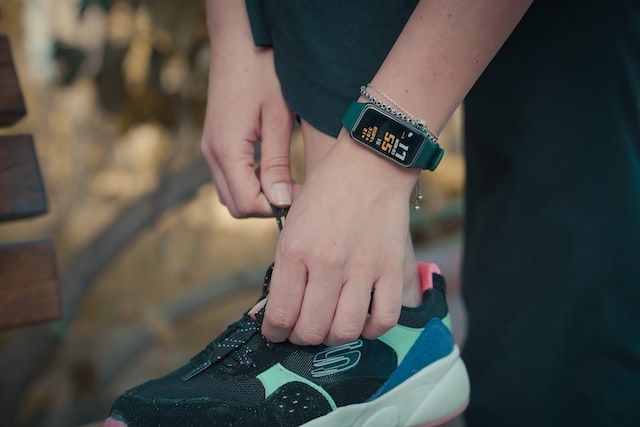
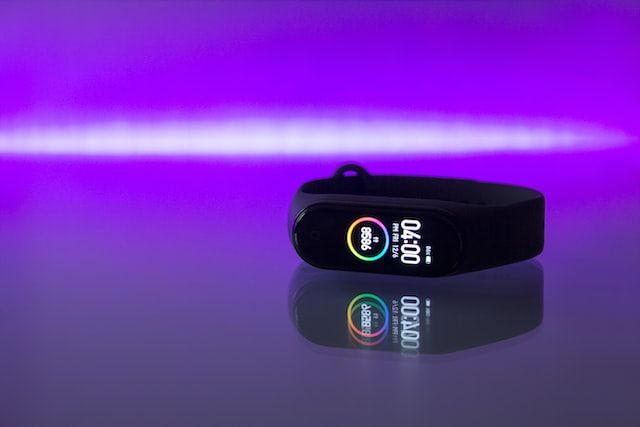
Sync Your Fitness Tracker With Your Smartphone
Most fitness trackers sync with smartphones so that they can access accurate time data from your device's clock.
This is an easy process; simply download the corresponding app for your device and follow the instructions for pairing your phone and watch.
Once your devices are synced, your watch will be able to pull data from your phone whenever it needs it, allowing you to always have access to accurate time data on your watch face.
How To Set Time On An Apple Watch
- First press and hold the side button, then use Force Touch to select 'Settings'.
- Scroll down to Time and tap it.
- Select the correct time zone, toggle 24-hour Time if you prefer a digital clock instead of an analog one, then adjust the date and time as desired.
- Finally, hit 'Done' to save your settings.
How To Set Time On A FitBit Watch
- Open the Fitbit app and select your device icon.
- Tap 'Clock Faces' and select the clock face you'd like to use, then hit 'Set Time & Date'.
- Select your time zone and turn on the toggle if you'd like to use 24-hour time.
- Adjust the date and time as desired, then hit 'Done' when you're finished.
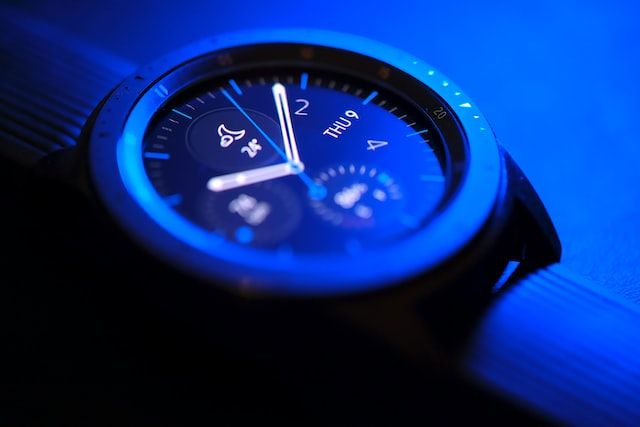
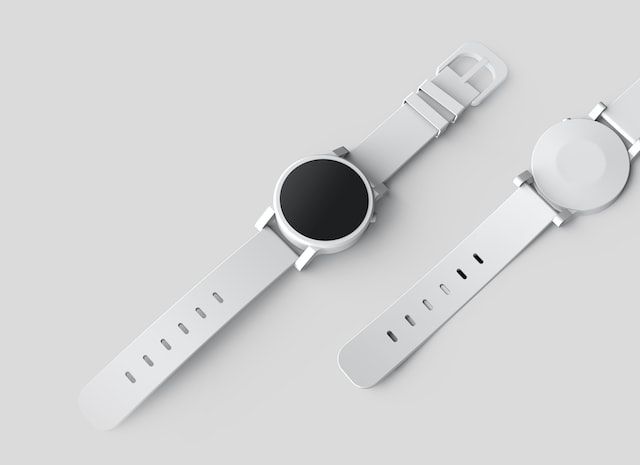
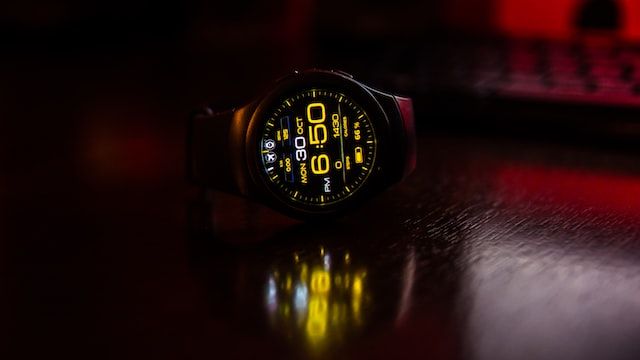
How To Set Time On A Samsung Galaxy Watch
- Open the Settings app and select 'Time & Date'.
- Turn on the toggle for 'Automatic Time & Zone' to enable it.
- When you have that enabled, you can switch between 12-hour and 24-hour formats by tapping the toggle in the same menu.
- To manually adjust the time and date, turn off the toggle for 'Automatic Time & Zone', then enter in the correct information.
How To Set Time On A Google Pixel Watch
- Open the Settings app and select 'Time & Date'.
- Turn on the toggle for 'Automatic Time & Zone' to enable it.
- Once that option is enabled, you can switch between 12-hour and 24-hour formats by tapping the toggle in the same menu.
- To manually adjust the time and date, turn off the toggle for 'Automatic Time & Zone', then enter in the correct information.
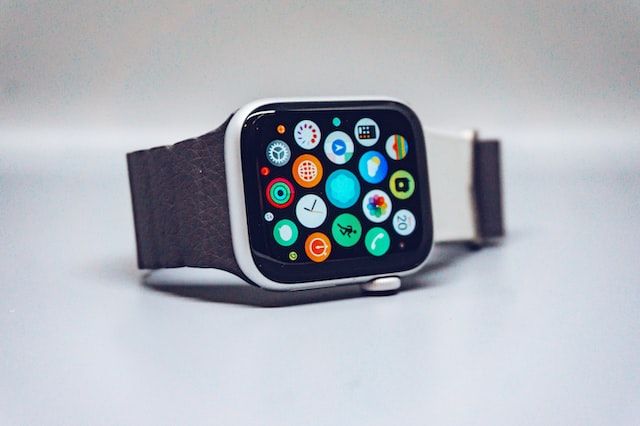
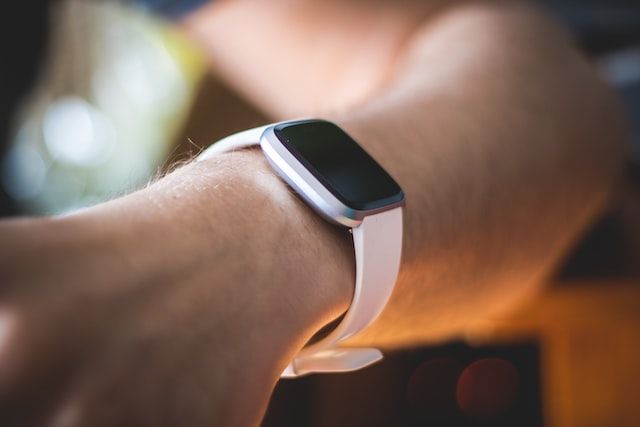
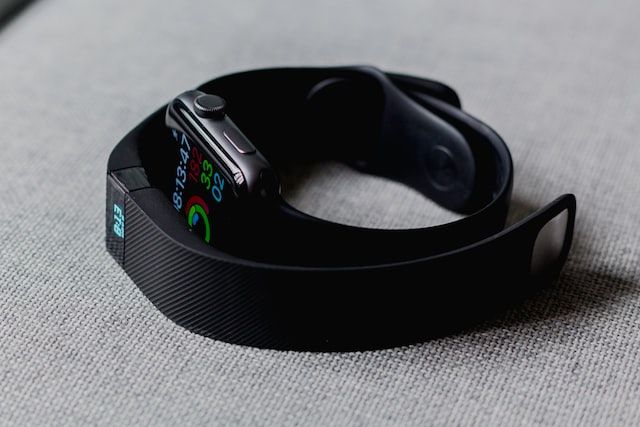
Check Time Settings Regularly
Since accuracy is key when using a fitness tracker for time tracking purposes, it’s important that you check in regularly with your device's settings—especially if you travel often or are in different time zones frequently.
If you're going abroad or otherwise changing locations significantly enough that could affect what time zone your device is in, just go back into settings and double-check that everything is still correct before beginning any new workout routines or activities.
You'll be happy you did - something as simple as knowing the correct time allows for proper time management, getting to meetings on time as well as making sure you're meeting all your work and personal deadlines.
Fitness Tracker FAQs
Fitness trackers are amazing, but figuring out how to set the time on them can be really confusing.
If you're like most people, you probably have a lot of questions about your fitness tracker. How do I change the time? What does all this other stuff mean?
We've got you covered. We've compiled a list of answers to all of your questions about how to set the time on your fitness tracker. Plus, we've included some helpful tips for getting the most out of your device.
Which fitness tracker is the most accurate?
When it comes to accuracy, the fitness tracker you want to get will depend on a variety of factors. Ultimately, you need to find one that meets your specific needs and goals. However, there are some options out there that stand out from the rest when it comes to accurate readings.
The Fitbit Charge 4 is generally considered one of the most accurate trackers available on the market right now. It has an optical heart rate monitor with a wrist-based Pulse Ox to accurately measure oxygen saturation levels in your blood as well as resting heart rate trends.
Apple Watch Series 8 is another great choice for accuracy thanks to its advanced features such as its ECG (electrocardiogram) app which allows users to easily generate an EKG at home. Additionally, its built-in HR (heart rate) sensor provides real-time data.
Are fitness trackers worth it?
Absolutely! Fitness trackers are a great way to become more aware of your daily health habits and to make sure you’re taking the necessary steps toward achieving your fitness goals.
Research has shown that tracking physical activity can be an effective way for people to increase their levels of exercise. A study conducted by the American College of Sports Medicine found that individuals who logged their exercise had greater increases in physical activity over time than those who didn't.
How do I choose the best fitness tracker for me?
Choosing the best fitness tracker for yourself can be a daunting task due to the dizzying array of options available on the market. The key is to identify and understand your fitness goals, as well as find an activity tracker that matches those needs.
Some of the most popular options are Heart rate monitor, oxygen monitor, EKG, Fall detection, Emergency dialing and many more.
What are the disadvantages of a fitness tracker?
Fitness trackers can certainly be helpful when it comes to establishing and maintaining your exercise routine, but there are a few potential drawbacks to consider.
First of all, fitness trackers require regular charging and may have battery life issues if used frequently. Some devices need to be charged every day or even more often than that; this could become quite a hassle for people who don’t want the task of regularly charging their device after each use.
Secondly, accuracy is another issue with fitness trackers. While some are highly accurate in tracking heart rate, calorie burns, and most other metrics related to physical activity, many tend to overestimate these numbers or give incorrect data altogether due to various factors such as positioning on the arm, sweat, or water exposure.
What is the difference between a fitness tracker and a fitness watch?
The difference between a fitness tracker and a fitness watch is an important one to understand if you are looking for an accurate way to measure your physical activity and make the most out of any exercise regimen.
A fitness tracker is worn as a bracelet or clip on the body and typically tracks steps taken, distance traveled, calories burned, sleep duration, and heart rate monitored by sensors that can detect electrical signals from muscles or other tissues in your body. This type of device works best for people who want basic information about their daily physical activity levels.
Keeping track of the exact time is essential if you use a fitness tracker for monitoring activity levels or informing sleep patterns—and luckily setting up and checking in on these settings doesn't have to be too difficult!
Whether syncing with a smartphone or manually entering information into settings pages on-device, getting an exact readout of what time it currently is (no matter where in the world) will only ever take a few moments out of each day if done regularly enough.
With this simple guide under our belt now you'll know exactly how to get started! We've done the research so you don't have to! To browse our Top Picks for Best Fitness Trackers please click the link below!

Your Friends,
LoveNatureReviews Team





